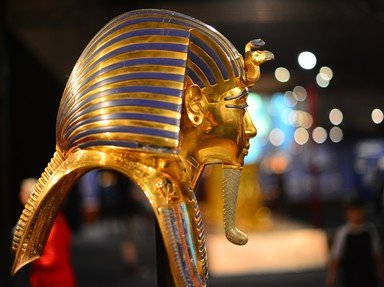Quiz Answer Key and Fun Facts
1. What nationality was Piankhi?
2. What did a Greek historian say about the Pharaoh Taharqua?
3. What was the relationship between Nabushezibanni and Psamtik I?
4. Nekau II was the first Egyptian King for about 900 years to do what?
5. What did the Greek historian Herodotus say about Ahmose II (often called Amasis)?
6. Dynasty 27 is the first period of Persian rule. Which of the six kings did NOT put their names in a cartouche?
7. How many kings were in Dynasty 28?
8. Nefaarud I allied with which people against the Persians?
9. Hakor ruled for 13 or 14 years. He produced almost no building work.
10. Nekhtnebef or Nectanebo II died in 343 BCE. How long before another native Egyptian ruled Egypt - EXCLUDING those generally classed as rebels?
Source: Author
tnrees
This quiz was reviewed by FunTrivia editor
bloomsby before going online.
Any errors found in FunTrivia content are routinely corrected through our feedback system.
